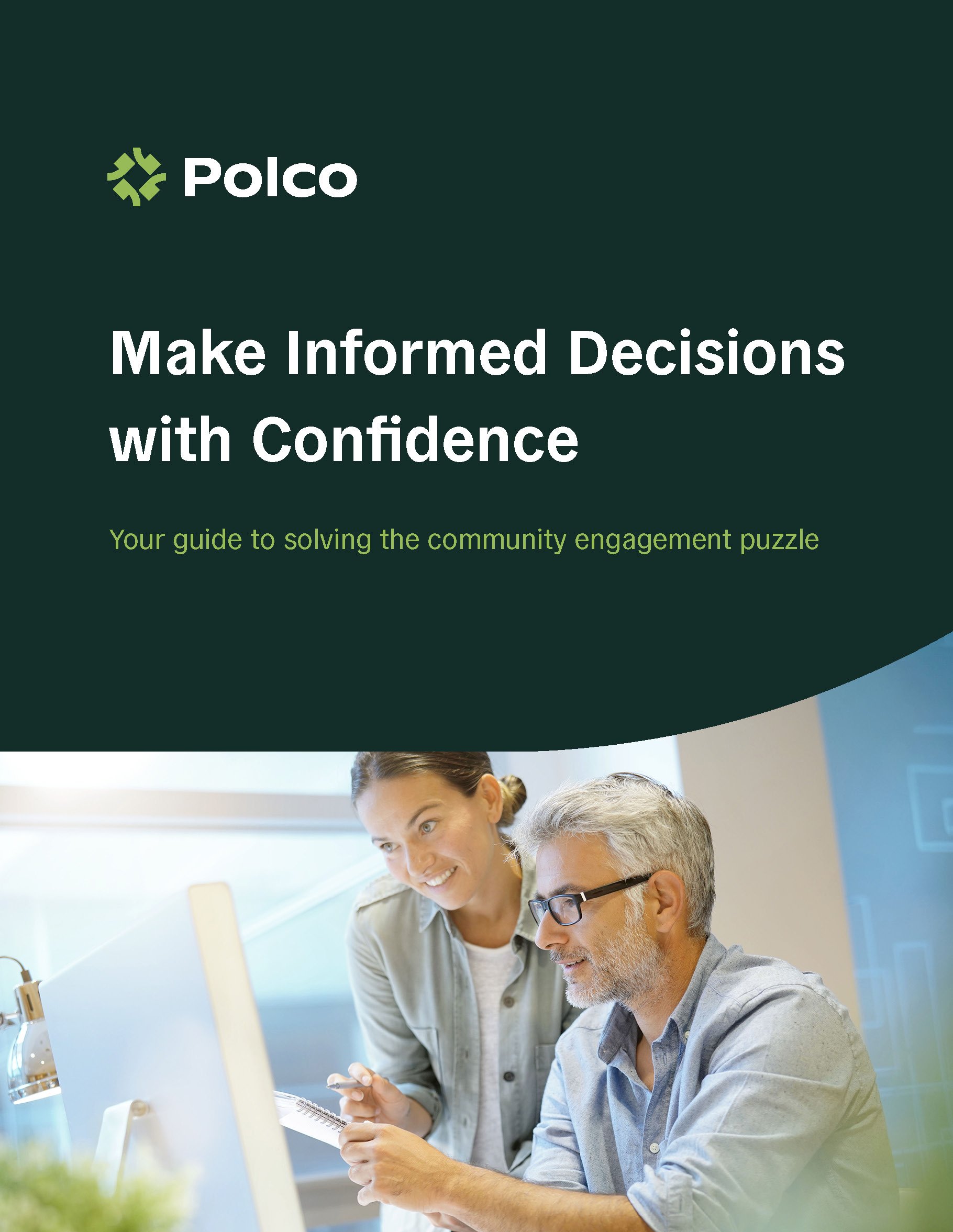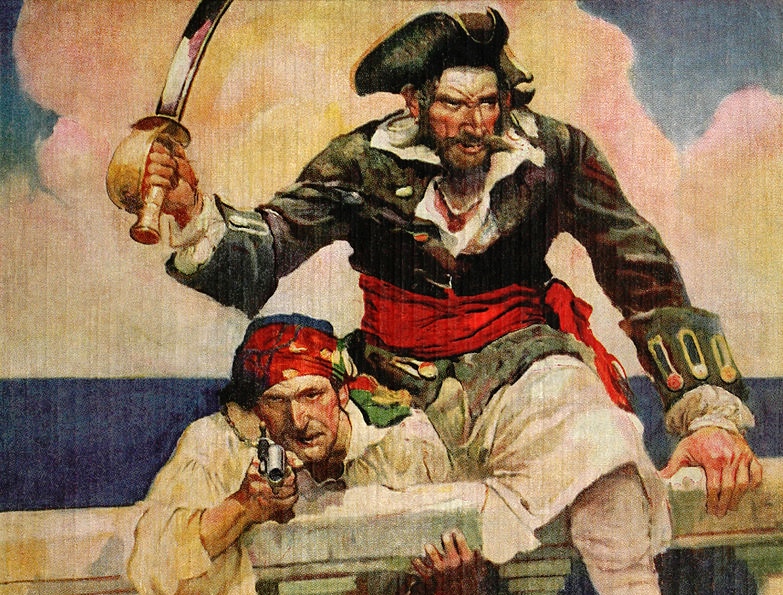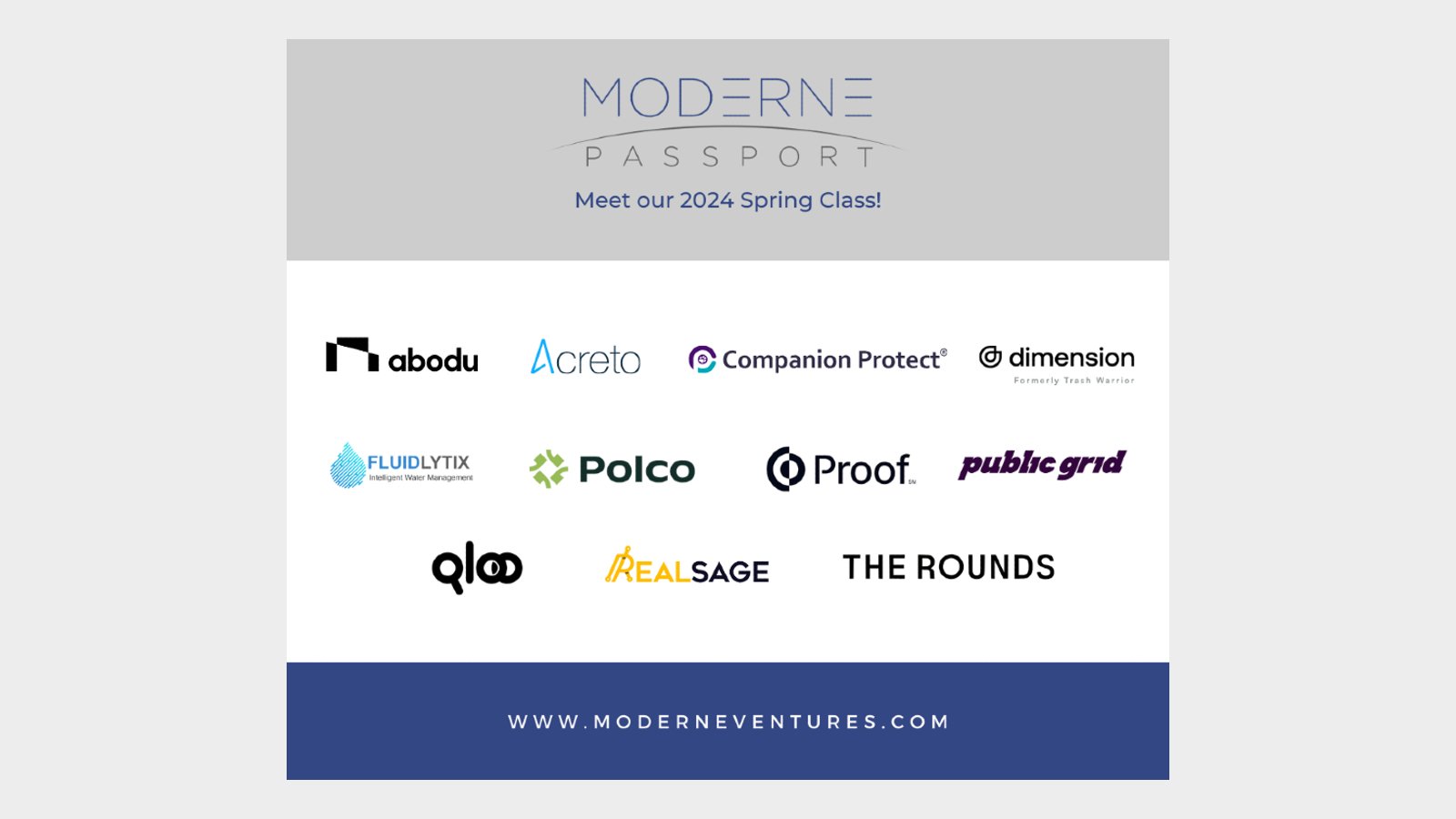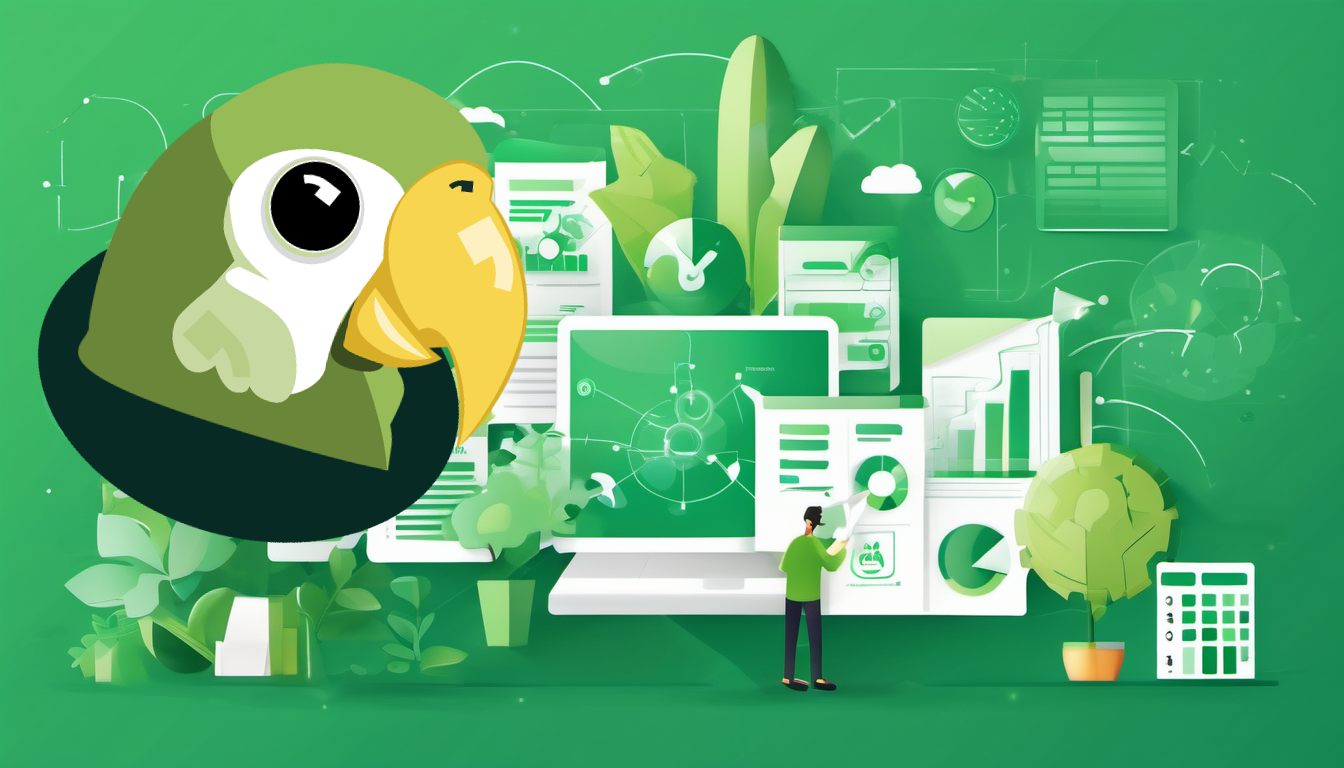Share this
Subscribe to Our Newsletter

Featured Report
Download your copy of "Make Informed Decisions with Confidence: Solving The Community Engagement Puzzle" today!
by NRC on March 18, 2016

- By Angelica Wedell -
When tasked with outreach efforts to your community, chances are you may also need to contribute to or help manage your city’s blog or web publications. Once you have written the words to engage your residents, your next step is to supplement the copy with eye-grabbing photographs and maybe a video or two.
In today’s Internet Age, a world of content is immediately accessible to you. It’s easy to Google search any media you want and publish it with your web article or mass distributed presentation. Click “Save” and you’re finished. Right? Well, not quite. Many bloggers don’t realize they may have stepped into hot water with copyright laws when posting images and other media from the Internet that they haven’t received license to use.
“On one random post, I grabbed one random picture off of Google and then a few weeks later I got contacted by the photographer who owned that photo. He sent me a takedown notice,” wrote Roni Loren in a web article, Blogger Beware: You CAN Get Sued for Using Photos You Don’t Own on your Blog.
Unfortunately, most copyright laws were written years ago and struggle to keep up with the rapidly evolving Internet.
1. Understand the Basics. Copyright laws apply to images, literature, music, scripts, art, video, audio recordings and more. Whoever owns the copyright to a particular work can decide how that work is used, distributed, sold, displayed, etc. Copyright owners include employers, individuals, publishers and collaborative groups. You can read more about the basics in this document from Copyright.gov.
2. Start by Assuming Everything is Copyright Protected. Creators who publish their work to the web have immediate copyright control; neither applications nor Notice of Copyright are required. Claimants can issue a takedown notice to any organization or individual who has posted their copyrighted material without permission or license for use. City web managers should be aware that if an employee were to post copyrighted material to the city webpage, it is the employer who would face any arising legal penalties or responsibilities.
3. Understand Fair Use. Fair Use is the exception that allows the use of small portions of copyrighted media. This is what allows educators to display copyrighted materials in the classroom, reporters to broadcast the news and comedians to satirize pop culture. Fair Use allows for commentary, criticism, news reporting, research and scholarship, parody, some nonprofit educational use and use to benefit the public. As Fair Use is often misunderstood, it’s a good idea to ask a copyright legal expert if you are ever unsure about a specific use of media. Check out this overview on Fair Use from Nolo.com.
4. Have an Organization-Wide Policy in Place. One of the best ways for you and your entire organization to remain copyright compliant is to put a media use policy in place and share it with your entire staff. This will help staff to better know what types of media they may or may not post to the Internet in representation of your organization. A good policy will describe what types of media to post, what to avoid posting, where to get safe to use media and how to attribute that media.
5. Create your Own Imagery and Supporting Media. Whenever you take your own photos or make original infographics, you (or the organization you created it for) owns the copyright to that work. Creating your own media gives you the freedom to use it however you like without having to think twice about license to use. On the flip side, if you do not publish your work as Public Domain or Creative Commons, others who use it without your permission are in copyright violation.
6. Ask for Permission. If you find the perfect image to use with your blog article but find that it’s copyrighted, you can always ask the copyright owner for permission to use their media. If they agree and you use the piece, be sure to attribute them in your article.
7. Use Public Domain and Creative Commons Media for Free. Happily, there is a slew of photos, videos and music files available on the web that you can use at no cost. Public Domain media (CC0) can be used by anyone and with no restrictions. Creative Commons licenses range in how they allow use, with the most open requiring attribution at the least. Here’s a neat infographic.
8. Make Sure to Attribute. When posting Creative Commons images to your blog, include the following underneath: the title of the picture (if available), the author name, the source (where you got it) and the license. Best practice is to include links to the author profile, source website and the Creative Commons License page.
9. Purchase Royalty-Free Media. Royalty-free and Creative Commons are not the same thing. There are many websites that will sell you the license to use a copyrighted work for a one-time fee, allowing you to use that media without paying recurring royalty fees. One such website is Shutterstock.com.
10. Have a Ready List of Resources. Here are a few of my favorite websites for Public Domain, Creative Commons and royalty-free media!
For more free stock photo resources, click here.
This article previously appeared on ELGL.org. Featured Image Public Domain.
Related Articles:

Download your copy of "Make Informed Decisions with Confidence: Solving The Community Engagement Puzzle" today!
These Related Stories


